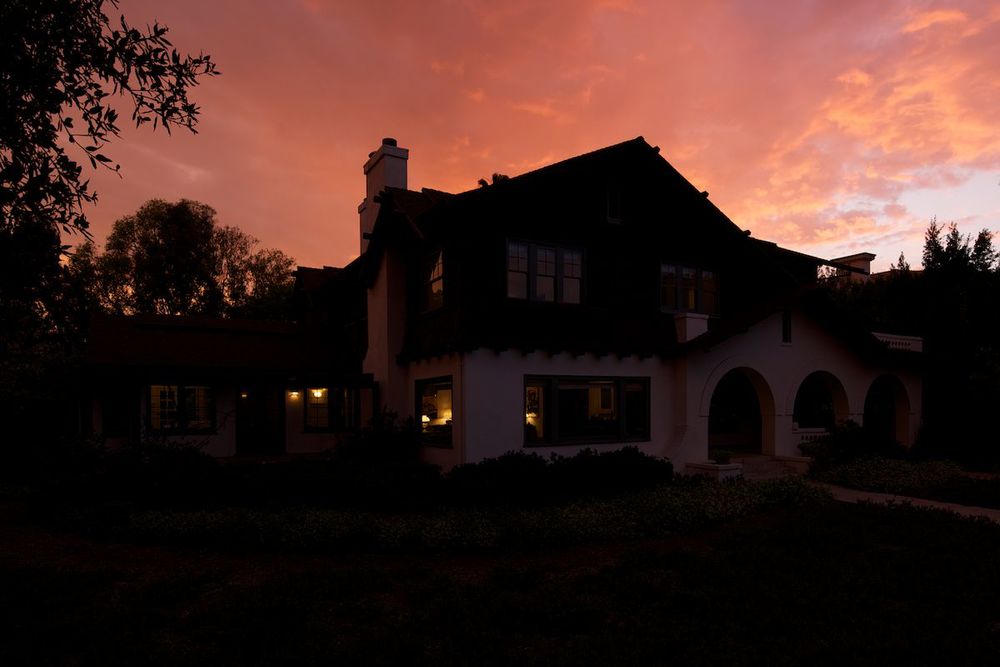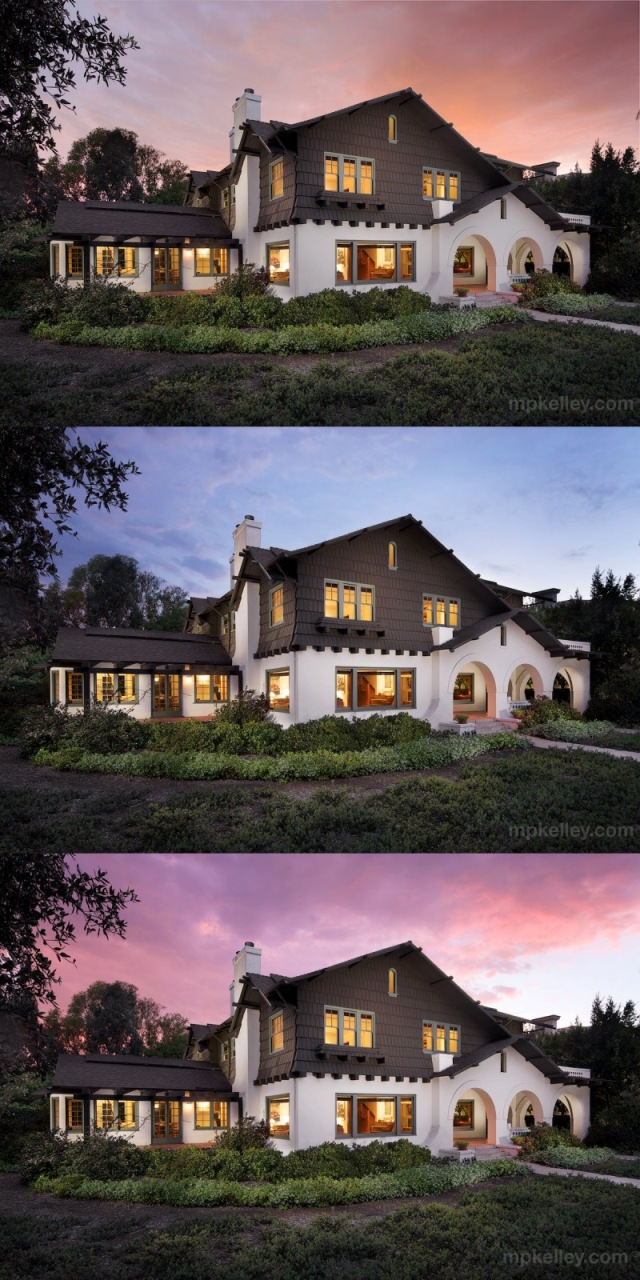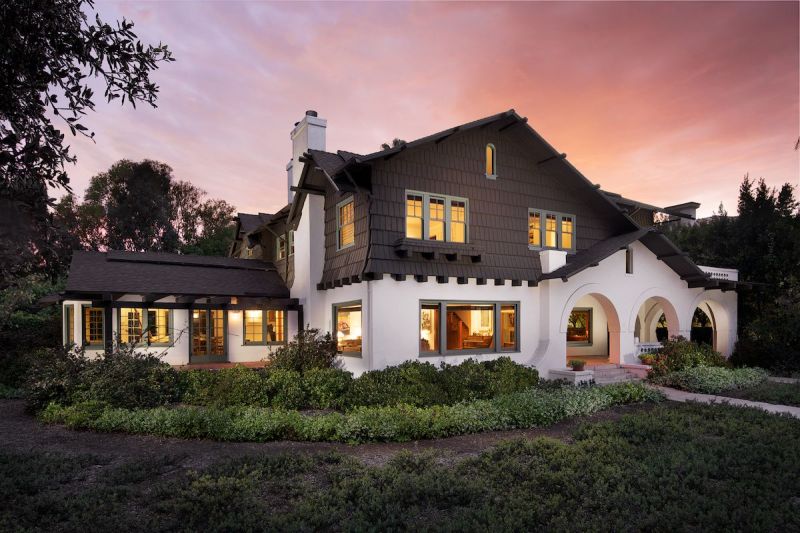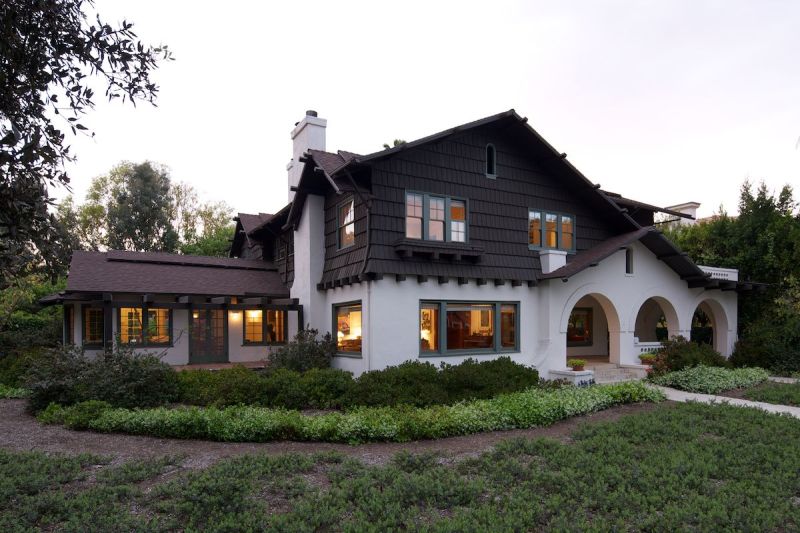Of course there are thousands of ways to photograph architecture from ground level, but an entirely different feel can be conveyed by photographing from the air. I've taken a few trips recently in a chartered Robinson R-44 to photograph homes in the LA area, and I've also taken some time to create images that I will sell as prints in a few interior design outlets and chains throughout California.
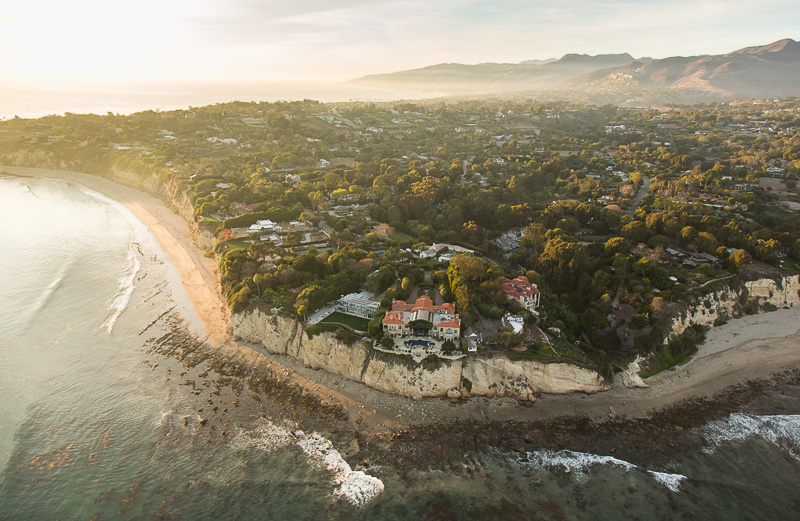
Being such a huge aviation geek, shooting from the air is a total treat. Hanging out of a helicopter at a thousand feet, cruising at 80 knots with the door removed and the wind blasting by is always such a rush. There are a few things you have to keep in mind, of course, as this is an entirely different environment compared to shooting on the ground. No lens hoods, as the 80+mph wind would rip them right off if the lens poked beyond the canopy glass. You can't change lenses, because the slightest fumble would result in a very expensive drop (those cabins are TIGHT, and with all the wind and bouncing around it would be very easy to drop something and lose a lens, or kill someone below) and you have to know exactly what you want to shoot before heading up. At the low price of 10 cubic dollars per minute, loitering to get the right angle or find the right house is going to cost you. Pre-flight planning is super important! You want the right light, the right weather, the right orientation, the right elevation, and the right composition. A big ask!
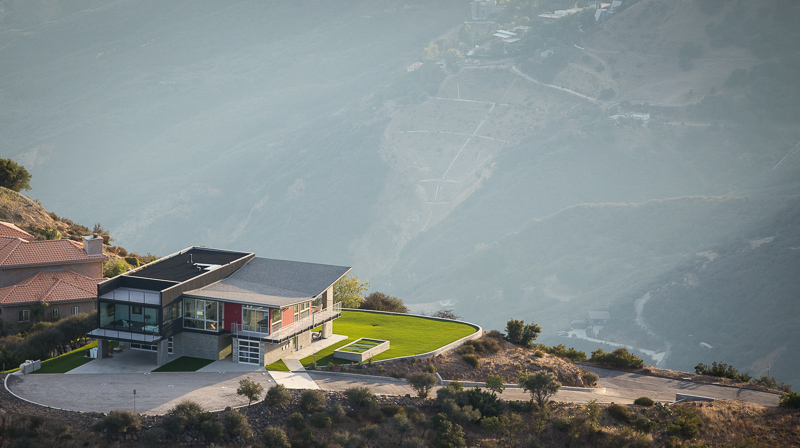
Of course, it all takes a skilled pilot to get you where you want to go on the first try. It's best to work with someone who has flown a photographer before and understands their needs with regard to light, timing, altitude, and so on. None of this would have happened without the understanding and patience of my pilot, who is able to manage all of my ridiculous photographer demands (up! down! left! right! do an orbit down there!) on top of dealing with the insanity that is LA airspace.
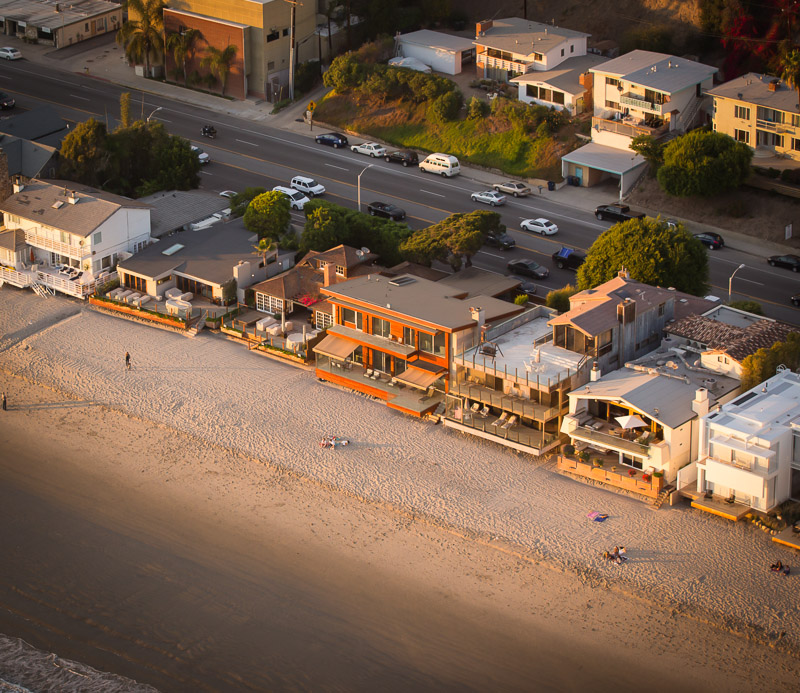
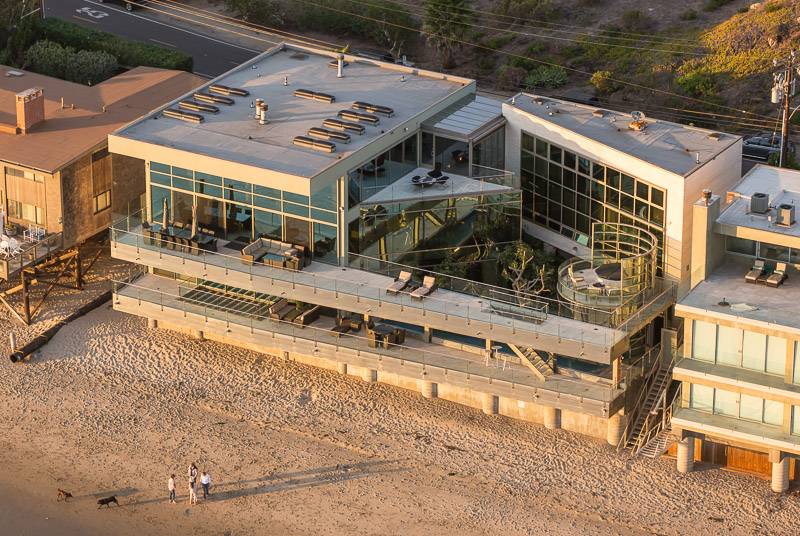
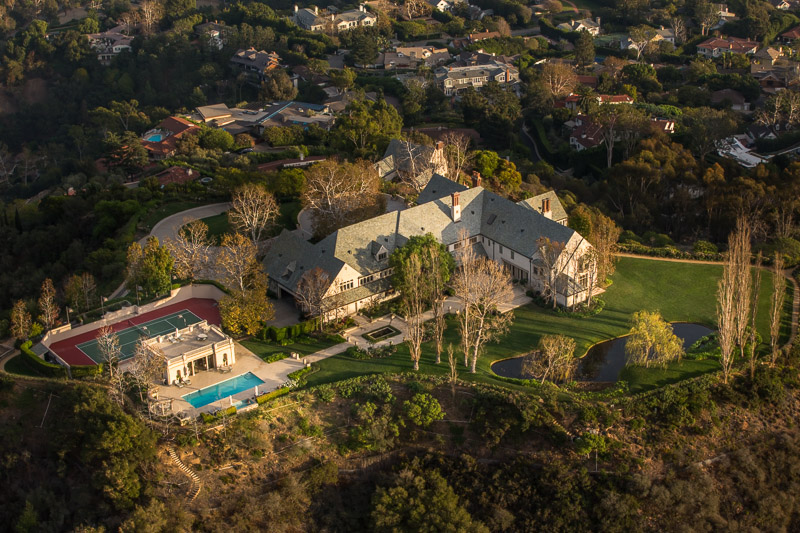
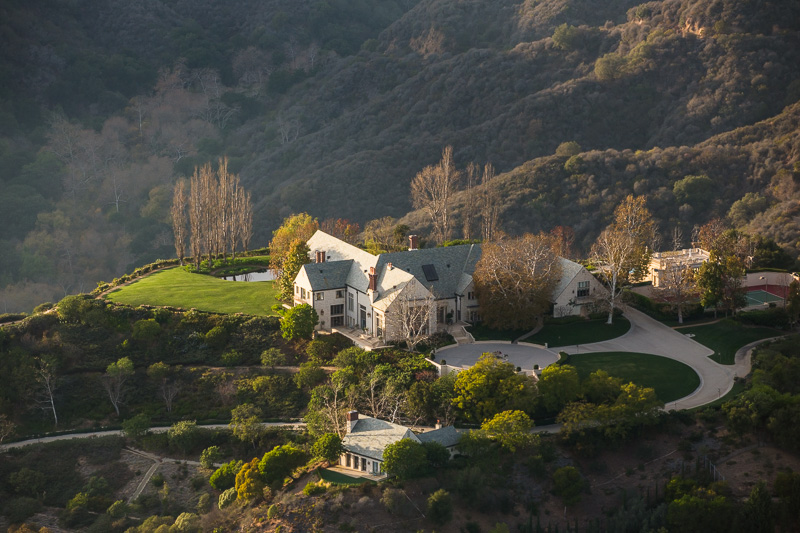
But what I'm most excited about aren't the photos of homes that I've been doing (which, make no mistake, are hugely enjoyable and I love the results) but the photos that result when I let my creative juices flow a bit. A few weeks ago, there was a relatively large forest fire on the outskirts of Los Angeles. Knowing that this low-lying white, diffuse smoke could make for some fleeting and ethereal shots, I decided it would be a great time to get up in the air. Luckily, the conditions didn't disappoint at all. It was an expensive gamble, but one that definitely paid off. I don't think I've ever seen photos of Los Angeles that look just like this - which is something I always strive for. Why make the same photos of the same landmarks that everyone else has done a million times?
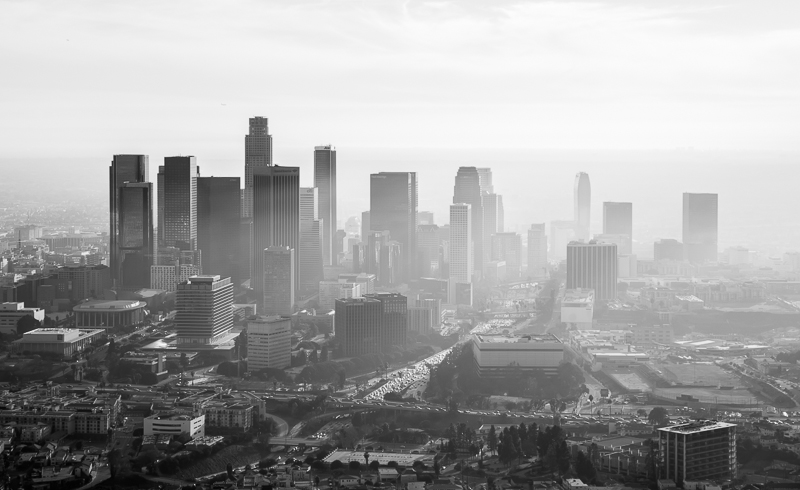
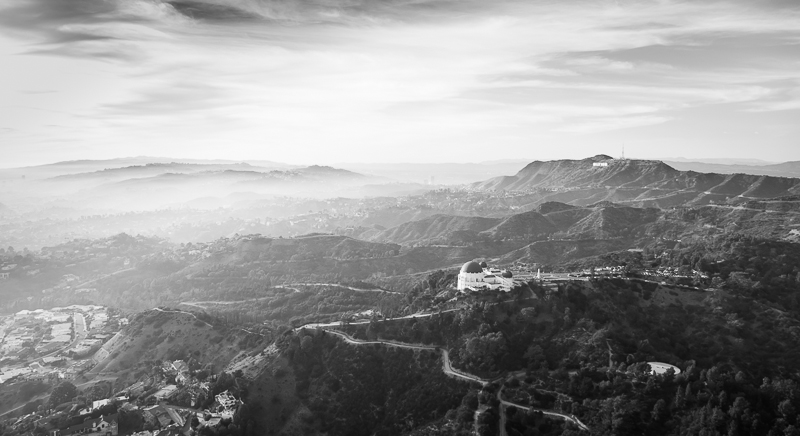
The conditions have to be right, but when everything comes together, the results are very unique. I'm selling prints of these images at HD Buttercup in Los Angeles, as well as on www.purephoto.com - where you can also see most of my personal work for sale.
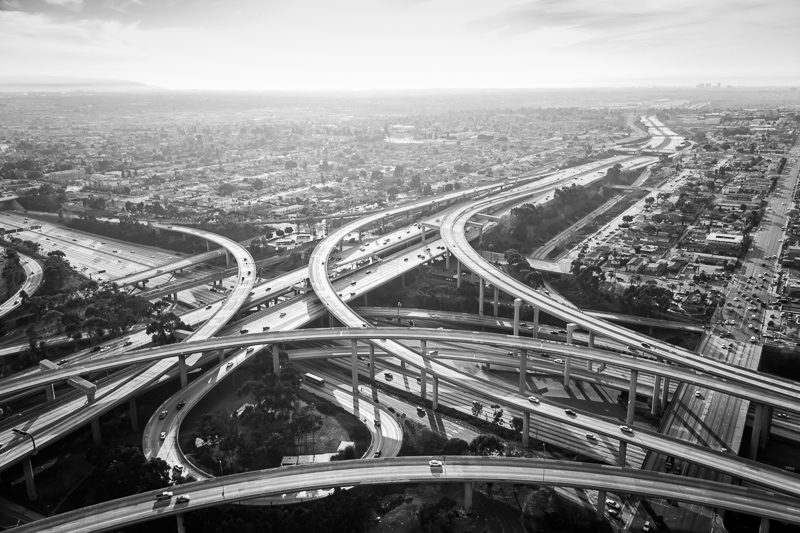
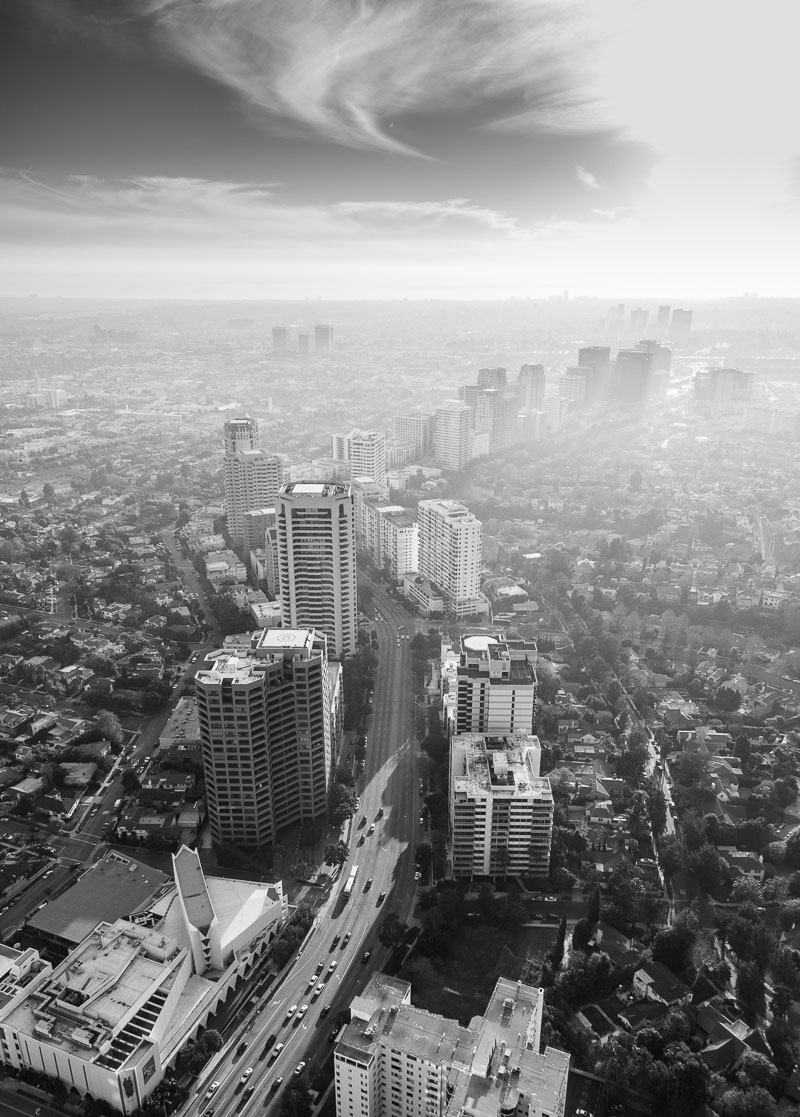
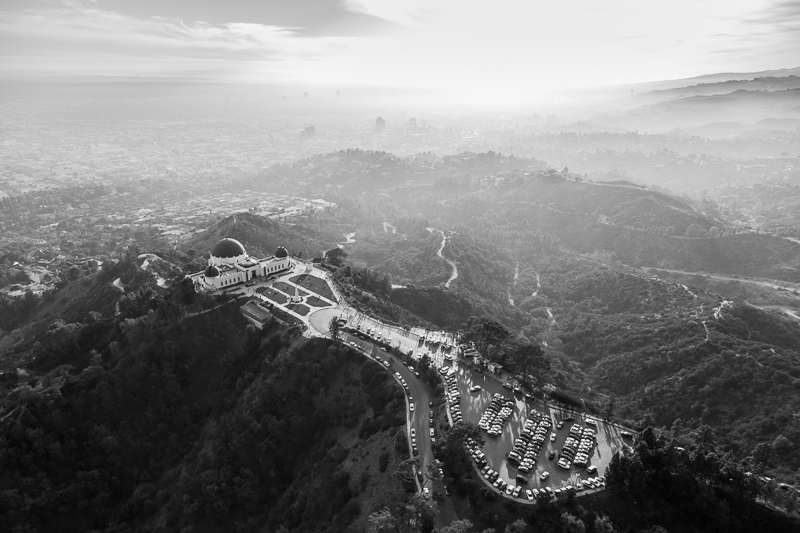
Stay tuned for more - as I have a few more flights planned in the coming months, both in LA and in other areas. I'll be revamping my website shortly, too, with dedicated galleries for many of my photos which haven't seen the light of day. Lots of exciting things on the horizon here.


